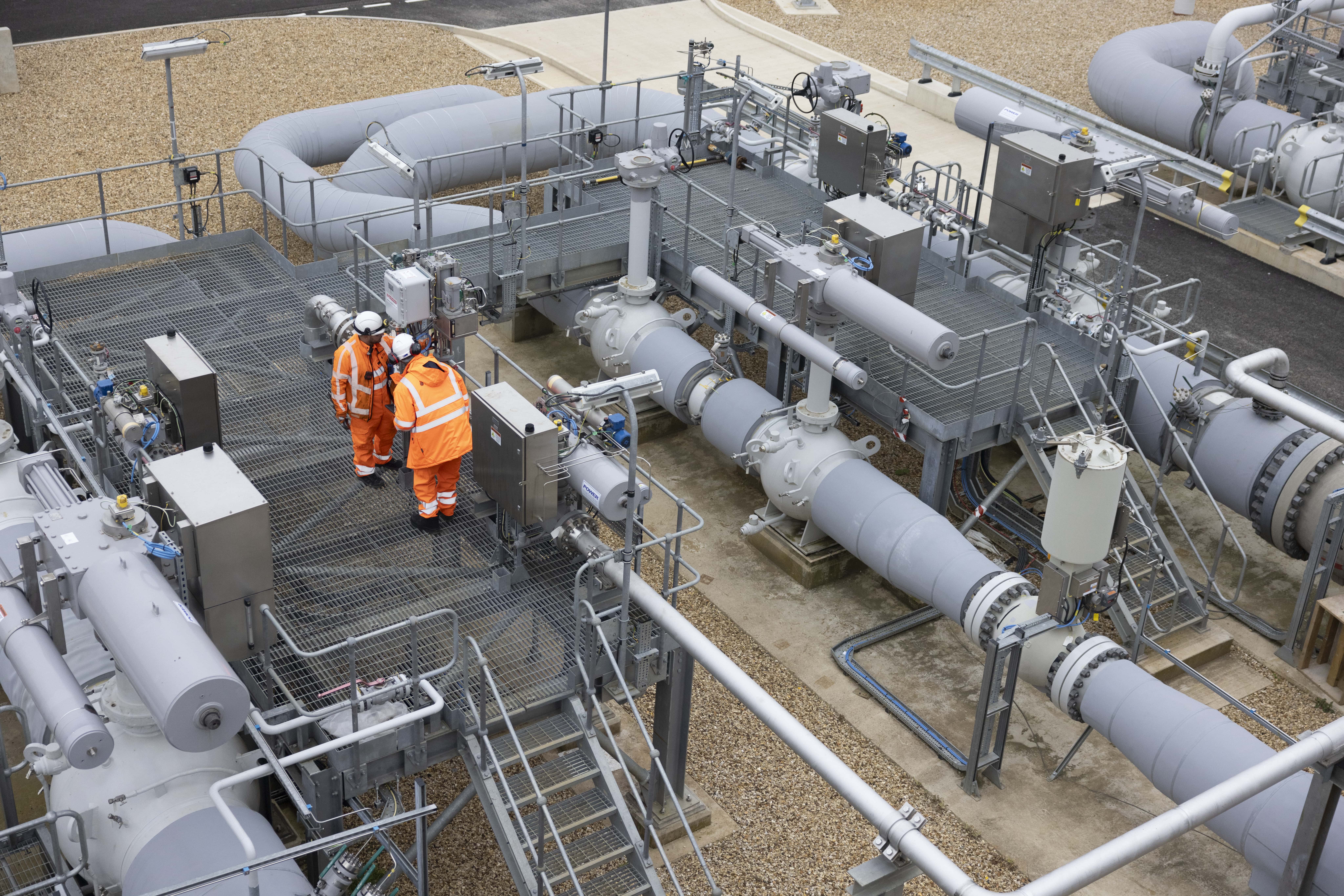National Energy System Operator (NESO)
The National Energy System Operator (NESO) is an independent, public body responsible for the long-term planning and day-to-day operation of the electricity system in real-time, as well as long-term strategic planning for gas. It provides insights and recommendations for the future of the whole energy system to government and regulators.
National Gas owns and operates the gas National Transmission System (NTS) in Great Britain. We are responsible for implementing the longer-term strategic plan on the gas network, as well as short-term strategic planning and day-to-day operation. We also facilitate the development and operation of the commercial gas market.
Strategic planning for a net zero energy system
NESO was created by Government from the Electricity System Operator (ESO) to be the strategic planner and coordinator for the entire energy system of Great Britain – with the ultimate aim of enabling the transition to net zero. It acts with a ‘whole energy system’ view, working together with all parties to optimise decision-making and actions to decarbonise the energy sector, while being conscious of any impact on consumer bills.
National Gas is the integrated gas Transmission System Operator (TSO)
National Gas retains responsibility for delivering, maintaining and operating the gas National Transmission System (NTS) in Great Britain. To do so, we work closely with our connected customers, the gas distribution networks, shippers, suppliers, Ofgem and DESNZ. Our work involves delivering long-term investments in the gas network, maintaining the NTS pipelines and assets, and balancing supply and demand in real time every day.
How we work with NESO
National Gas worked alongside Ofgem, DESNZ, ESO and others to support the development of NESO and determine its role and accountabilities. Today, NESO is an important strategic partner for National Gas in the delivery of our objectives. We support NESO in achieving its long-term goals, as well as more immediate priorities, such as those outlined in the Clean Power 2030 report.
We share the same end goal of developing the energy market for the future to enable a secure and affordable transition to net zero, which includes natural gas, hydrogen and carbon capture and storage (CCS). We work closely with NESO to align longer-term investments with the government’s net zero plans, ensuring that securing energy supplies and delivering energy safely to consumers remains the number-one priority.

To fulfil its obligations and objectives, NESO produces a number of important strategic planning documents which inform and support our work on the gas network:
GNCNR (Gas Network Capability Needs Report)
This sets out NESO’s view of the capability of the gas NTS over the next ten years to identify any specific needs on the network that may require investment. This provides the opportunity for National Gas to respond and provide solutions to those identified needs that can then ultimately be considered by Ofgem.
SSEP (Strategic Spatial Energy Plan)
This sets out the strategy for the entire energy system, taking a holistic view of the whole market. The SSEP determines where different energy sources, including renewable generation and storage assets, are best located to meet forecasted energy demand and achieve climate targets. The SSEP combines energy sources with transmission infrastructure to inform the development of the energy networks of the future. The plan will be published on a three-year cycle, with the first due in 2026. National Gas will propose investments in the network that align with the SSEP, to ensure future security of supply.
CSNP (Centralised Strategic Network Plan)
This looks at the network developments required to achieve net zero, specifically focusing on new build. It is NESO’s recommendation for the network build-out required to reach climate targets. It will primarily focus on the development of the electricity network to accommodate renewables.
RESP (Regional Energy Strategic Plans)
These provide a bottom-up look at the energy requirements of each defined region, drawn up by NESO and local authorities. They will set out the requirements of the local distribution networks, and the use of new energy sources such as hydrogen, in each area. RESPs have been introduced to coordinate strategic energy planning within and across the regions of the UK. They will ensure the high-level national objectives of the Strategic Spatial Energy Plan (SSEP) are translated to a local level.

